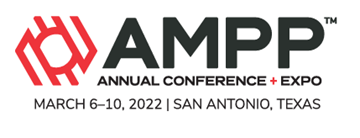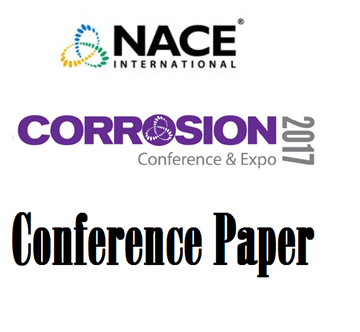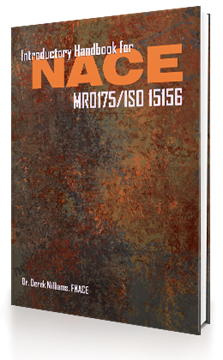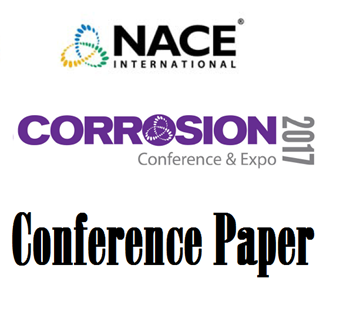Search
Oil and Gas Production
View as
Sort by
Display
per page
Innovative Biocide Blend Solves Microbial Contamination Issues In Hydraulic Fracturing Applications
Product Number:
51322-18154-SG
Publication Date:
2022
$20.00
Integrity Management of Oil Wellheads and Flowlines Having Scaling
Product Number:
51317--9323-SG
ISBN:
9323 2017 CP
Publication Date:
2017
$20.00
Introductory Handbook for NACE MR0175/ISO 15156 (E-book)
Product Number:
37607-E
ISBN:
978-1-57590-320-0
Publication Date:
2016
$59.00
Investigation of Amorphous Deposits and Potential Corrosion Mechanisms in Offshore Water Injection Systems
Product Number:
51317--9433-SG
ISBN:
9433 2017 CP
Publication Date:
2017
$20.00
Materials and Corrosion Risk Mitigation Associated with Flowback of Acid Stimulation Fluids
Product Number:
51317--8917-SG
ISBN:
8917 2017 CP
Publication Date:
2017
$20.00
MR0174-1988, Recommendations for Selecting Inhibitors for Use as Sucker Rod Thread Lubricants
Product Number:
53017-HD1988
Publication Date:
1988
$179.00
MR0174-HD1995-SG Selecting Inhibitors for Use as Sucker-Rod Thread Lubricants-HD1995
Product Number:
21300-HD1995
Publication Date:
1995
$179.00
MR-01-74-HD1995-SG, Recommendations for Selecting Inhibitors for Use as Sucker Rod Thread Lubricants
Product Number:
MR-01-HD1974
Publication Date:
1995
$179.00
MR0175-1993, Sulfide Stress Cracking Resistant Metallic Materials for Oilfield Equipment
Product Number:
53024-HD1993
ISBN:
MR0175-93
Publication Date:
1993
$179.00
MR0175-HD1999-SG, Sulfide Stress Cracking Resistant Metallic Materials for Oilfield Equipment
Product Number:
MR0175-96
ISBN:
1-57590-021-1
Publication Date:
1999
$179.00
MR0176-2012 Metallic Materials for Sucker-Rod Pumps for Corrosive Oilfield Environments
Product Number:
21303-SG
ISBN:
1-57590-099-8
Publication Date:
2012
$179.00
MR0176-2020, Metallic Materials for Sucker-Rod Pumps for Corrosive Oilfield Environments
Product Number:
MR0176-2020
ISBN:
1-57590-099-8
Publication Date:
2020
$109.00












